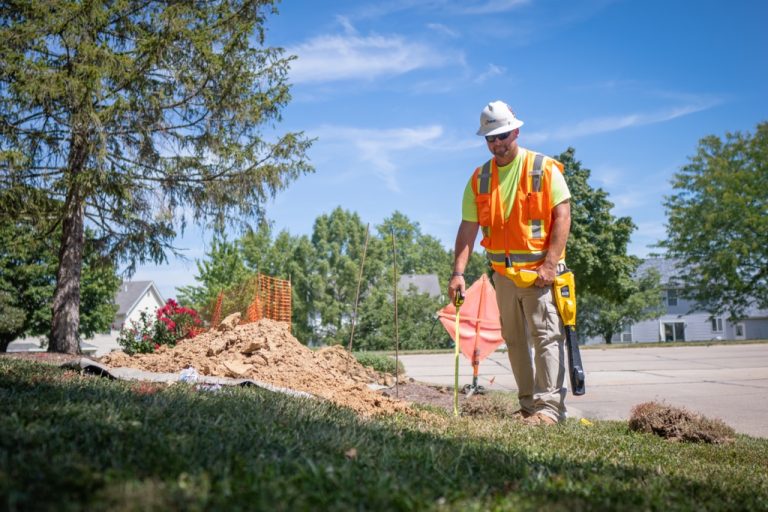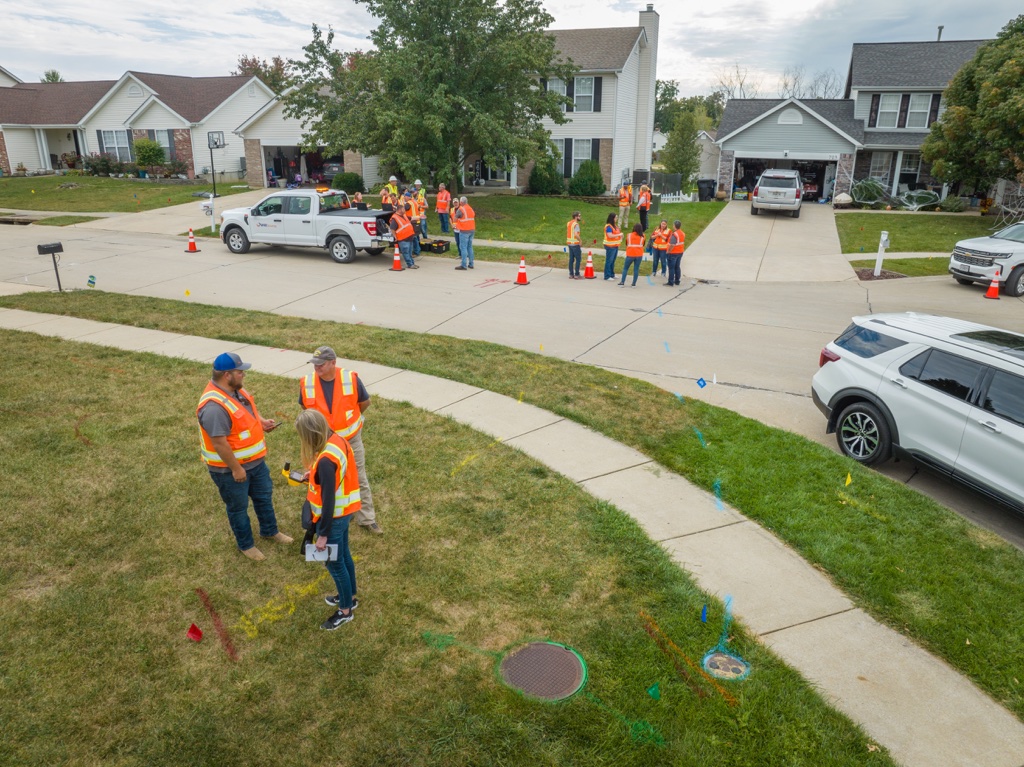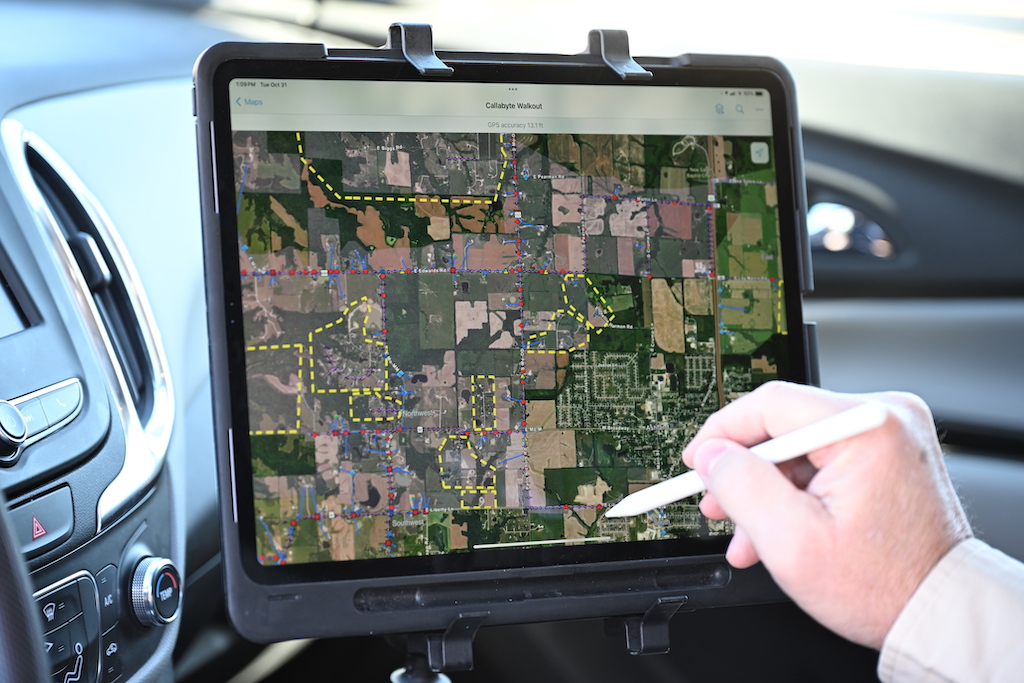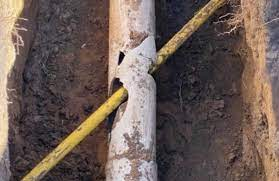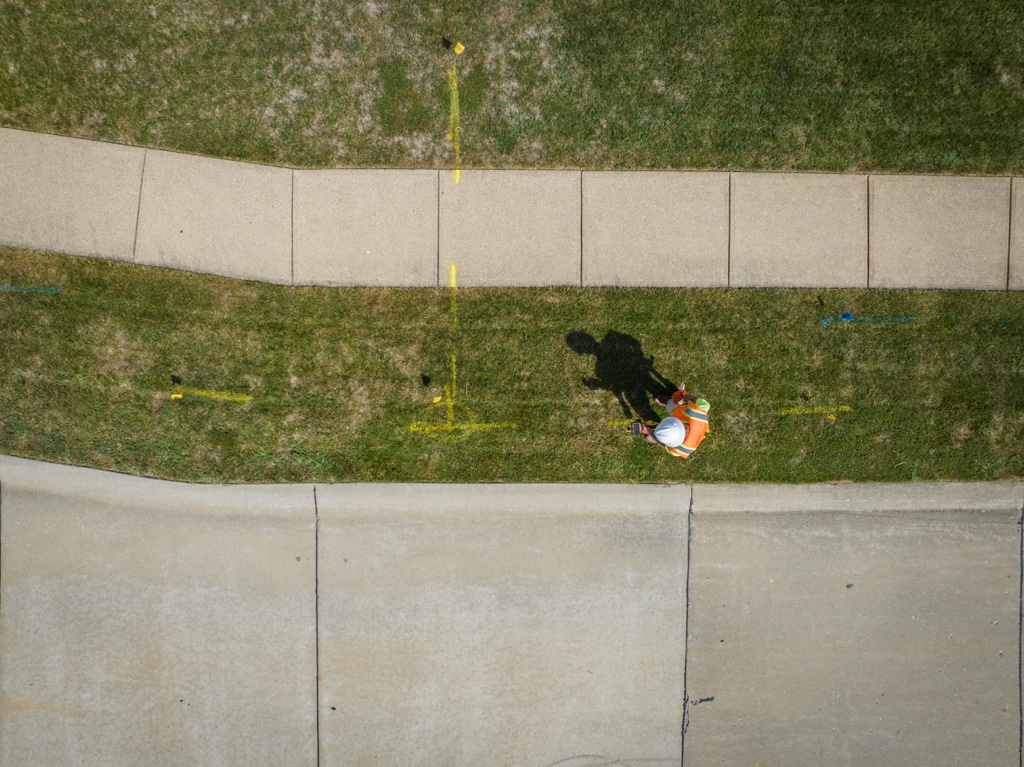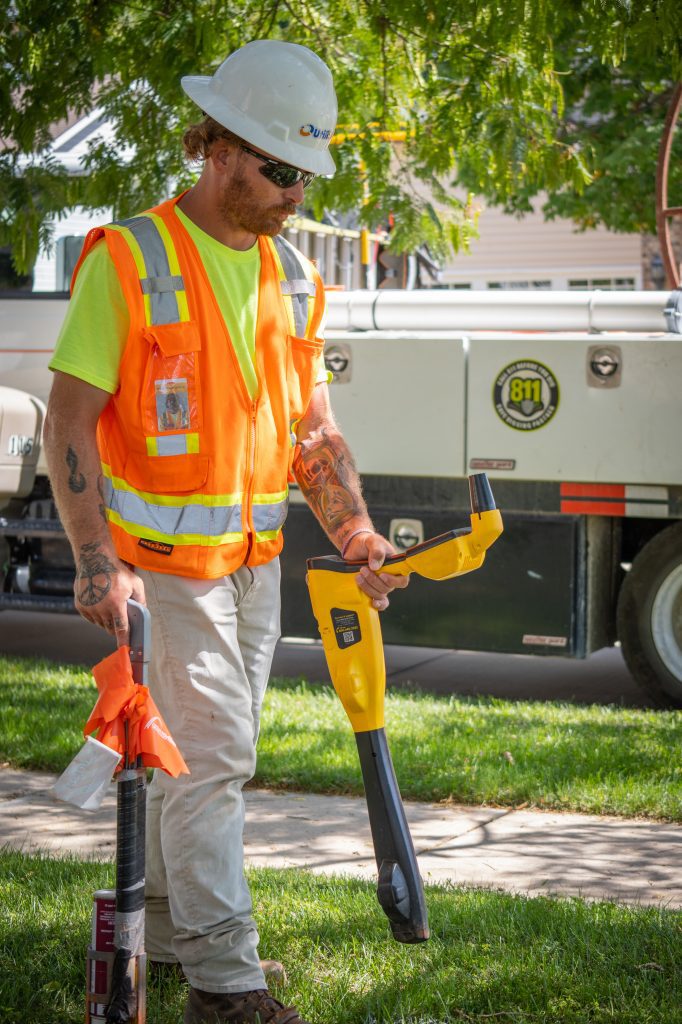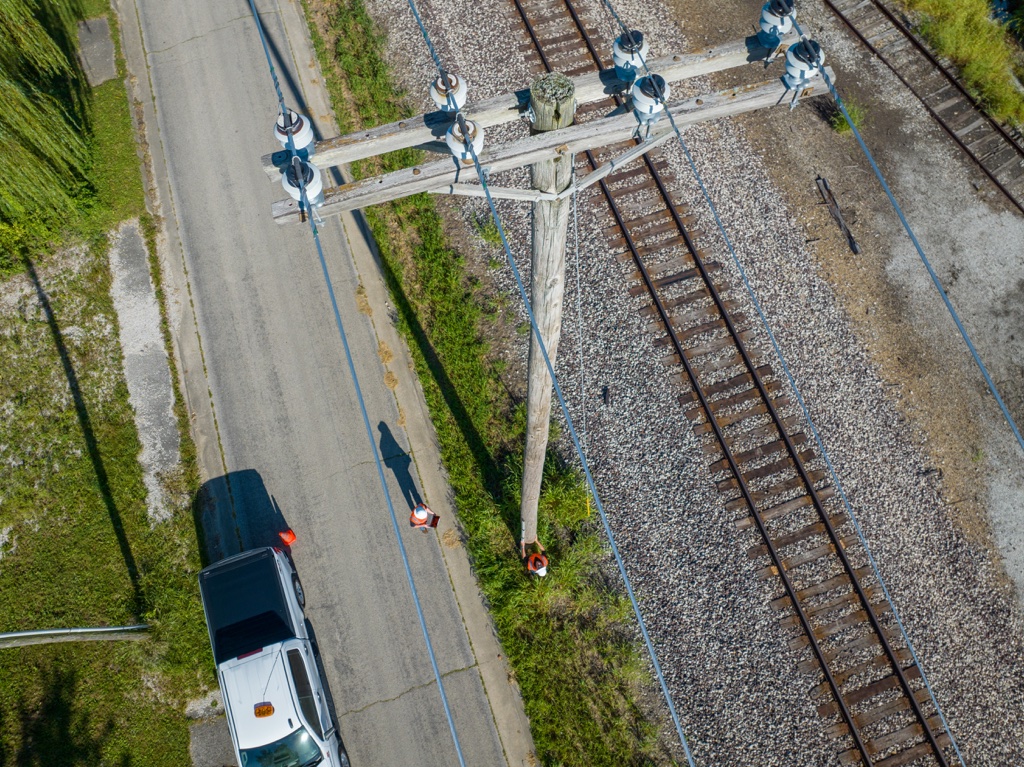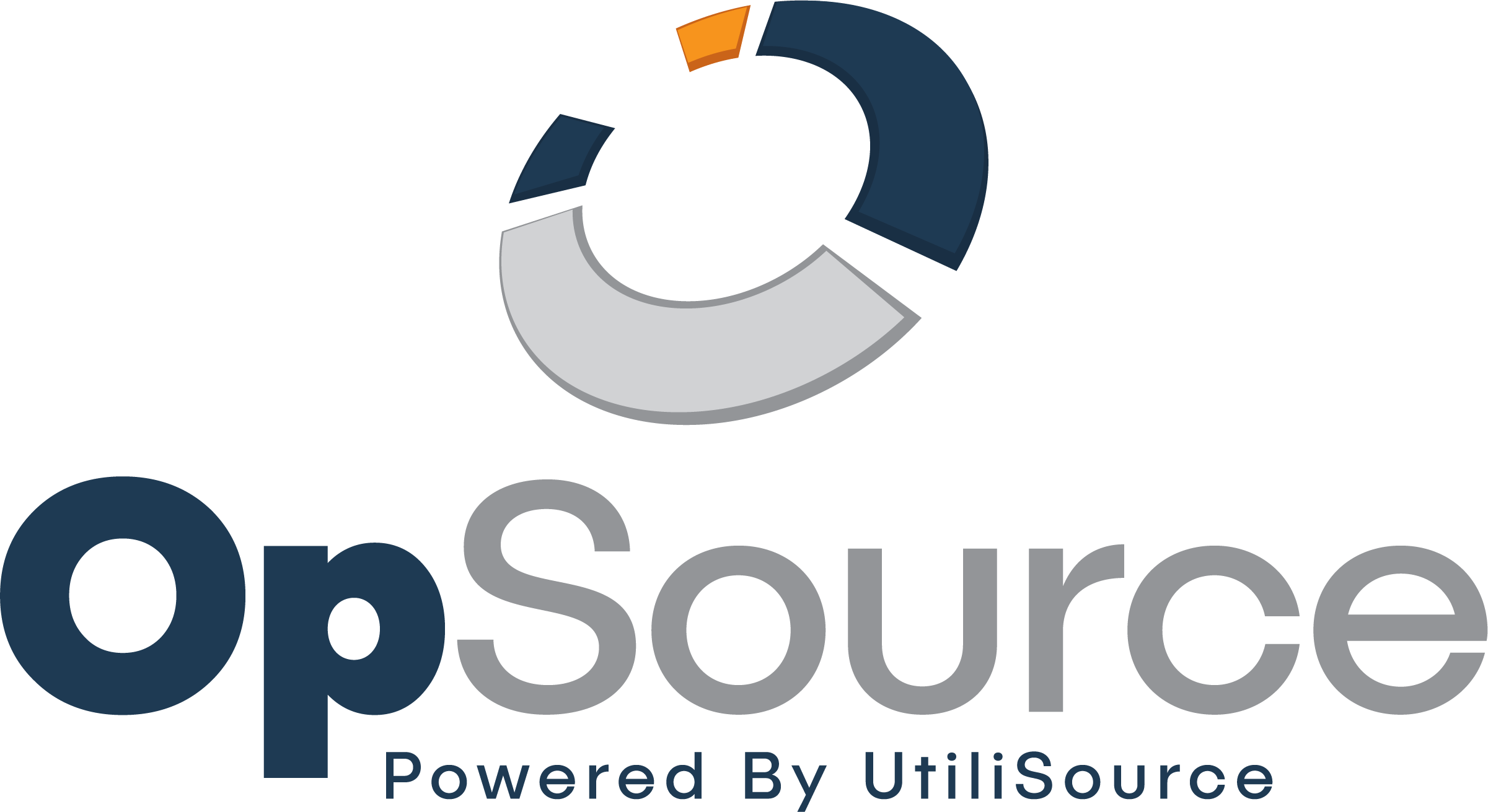Using Ground Penetrating Radar (GPR) to locate utilities such as pipes, cables, and other underground objects is becoming increasingly popular due to its non-invasive, accurate and reliable nature. It is one of the best methods for utility locating as it eliminates the need for digging or excavation of the work area, which saves both time, money, and manpower.

An Overview of GPR
The basic components of a GPR system include the antenna, GPS unit, data logging unit, and computer. The antenna generates and sends electromagnetic pulses into the soil. The pulses are then reflected and sent back to the antenna, giving the user a picture of the subsurface objects.
The data collected is sent back into the data logging unit. This unit records the GPR signal and radar wave data in a format that can be interpreted by the computer. The GPS unit is used to enable the user to map the locations of the utilities beneath the surface.
GPR Methods
The most common method used for GPR utility locating is the grid search approach, which involves setting up a series of survey lines over the area of interest. On each line, the antenna is scanned at regular intervals while recording the strength of the reflected signal. The data is then plotted on a map to identify the locations of buried utilities.
This method is suitable for wide area searches, and involves scanning the area of interest in a slow, progressive manner to identify changes in the population or features of the subsurface. Data is recorded at predetermined intervals and the results are then plotted on a map to reveal the locations of buried utilities.
How GPR Outperforms Other Locating Methods
1. Over-All Locating Capabilities
For starters, GPR has the capability to locate utilities up to 3 meters below the ground’s surface. This includes non-metal pipes, and non-conductive pipes, which most other methods such as Electro-Magnetic Locating (EML) cannot detect. This is especially important as the vast majority of utilities these days are constructed from non-metallic materials.
2. Safe and Non-Invasive
GPR is also much safer than traditional excavation methods as it requires no physical contact with the ground. This means that there is no chance of accidental damage to infrastructure, and workers are also not exposed to any potential hazards. Furthermore, GPR is environmentally friendly as it has minimal disruption to the ground, meaning that animals, plants and other ecosystems are preserved.
3. Accuracy
GPR is also proven to be very accurate when compared to traditional methods. With the use of advanced software and GPR imaging technology, accurate depths and locations of services can be determined quickly and with little margin of error. Plus, GPR can be used in difficult and hard-to-reach places with ease. This can be especially useful when locating services in hard ground areas such as rocks or clay.
5. Cost Effectiveness
Finally, GPR is one of the most cost-effective and hassle-free methods available for utility locating. It is both faster and cheaper than other techniques and requires relatively little manpower to perform. This ensures less disruption to the work area and faster job completion-times.
Ground Penetrating Radar Services for Utility Locating
When you hire professional GPR services, you are guaranteeing success for your utility locating project. Professionals are highly trained in the latest GPR and detection technologies and have the necessary experience and expertise to handle any task. They can also provide detailed reports that give all the necessary details about underground services and utilities, so that project planners can make informed decisions about the project.
UtiliSource
Are you looking for an experienced utility locating service? UtiliSource specializes in locating both private and public utilities, with the help of GPR locating techniques. Take advantage of our expertise today – call us now to learn more about how we can help you locate utilities quickly and accurately.

